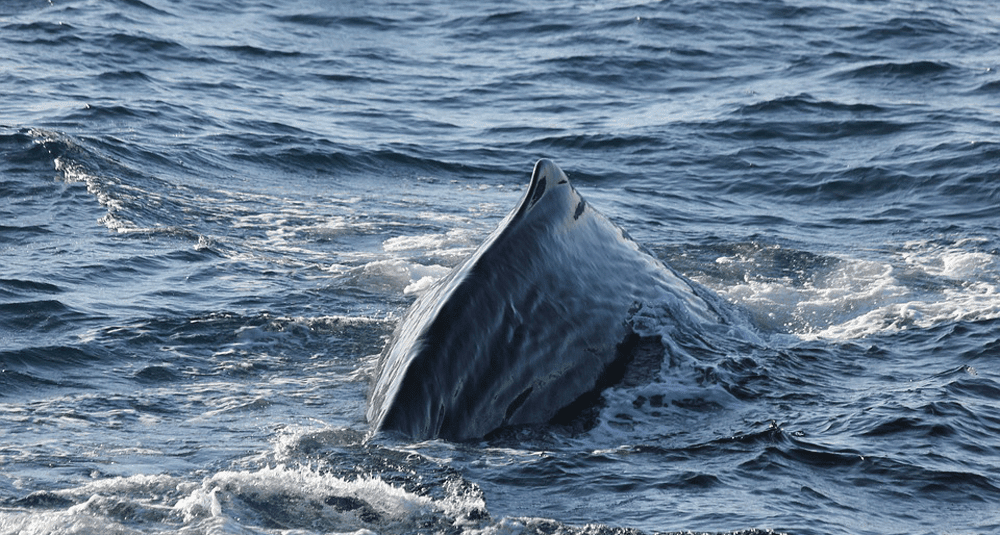Are cetaceans carnivorous?
Last Updated:
Cetaceans, a group of marine mammals that includes whales, dolphins and porpoises, are all carnivores. Their diet varies from one species to another, and is mainly divided into two subgroups, odontocetes (toothed cetaceans) and mysticetes (baleen cetaceans).
Odontocetes have teeth adapted to the capture of mobile prey. This group includes species such as dolphins, orcas and sperm whales. Their diet consists mainly of fish, squid and sometimes other marine mammals. Orcas, for example, are known to hunt seals and even other cetaceans. Sperm whales, meanwhile, dive to great depths to feed mainly on giant squid.
The toothless mysticetes have baleen plates, horny blades that filter seawater to capture small prey. This group includes large whales, such as the blue whales and humpback whales. Their diet consists mainly of krill (small crustaceans) and small fish. They ingest large quantities of water, which they then filter through their baleen plates to retain their food.
Cetaceans have developed various strategies to feed efficiently in their marine environment. Odontocetes use echolocation to locate and capture prey, by emitting sounds and interpreting the echoes returned. Mysticetes, on the other hand, use filtration techniques. For example, the humpback whale uses a method known as bubble netting, it creates a circle of bubbles to trap schools of fish, thus facilitating their capture.
Cetaceans have morphological adaptations in line with their carnivorous diet. Odontocetes have conical teeth to grasp and hold prey, while mysticetes have baleen plates to filter out large quantities of small prey. Their digestive systems are also adapted to efficiently digest animal proteins.
As predators, cetaceans play a crucial role in regulating prey populations, contributing to the balance of marine ecosystems. For example, by controlling fish and squid populations, they influence the structure of marine communities and the dynamics of food chains.
All cetaceans are carnivores, but their diet varies between species and subgroups. Odontocetes actively hunt large prey with their teeth, while mysticetes filter out small prey with their baleen plates. These adaptations enable them to thrive in diverse marine environments and play an essential role in the health of ocean ecosystems.
You may also be interested in
nature

Are cetaceans carnivorous?
Answer
Yes, cetaceans are carnivores. Odontocetes hunt fish and squid, while mysticetes filter plankton and small crustaceans.